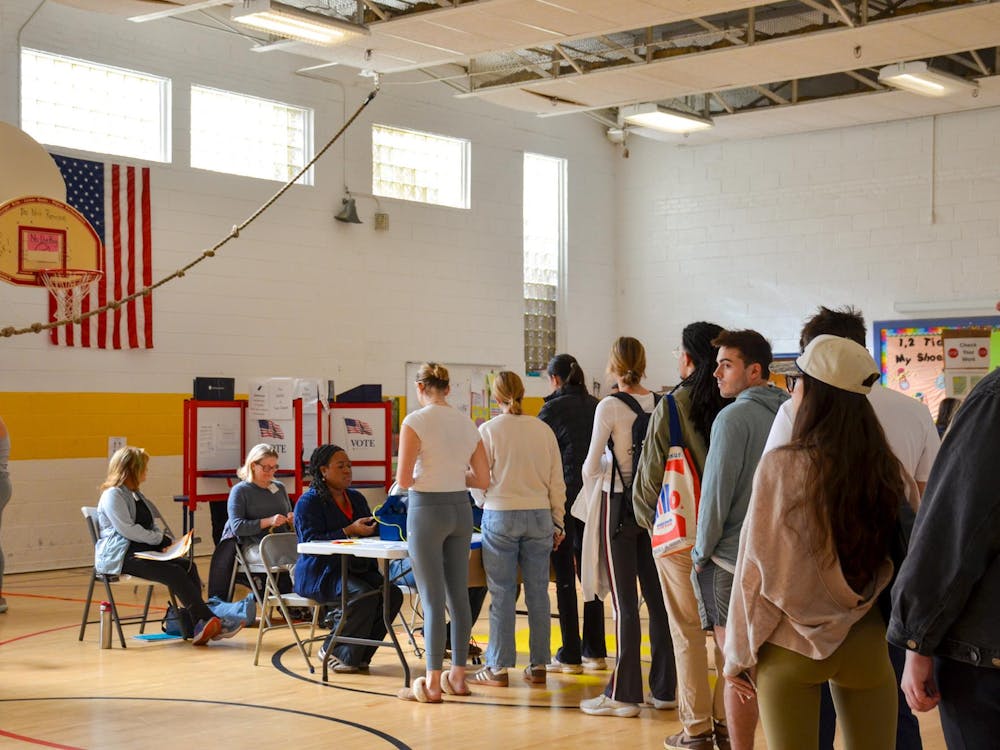The national gap between SAT scores of white and minority students other than Asians grew wider between the high school graduating classes of 2008 and 2007, according to data released by the College Board.
According to the data, score averages for black, Hispanic and American Indian students were down six to eight points total across the three exams — reading, writing and mathematics — while white and Asian students saw their scores increase by four and five points, respectively. Wealthier students also scored higher on the SAT than their less-wealthy counterparts. Previously, College Board officials had touted the “stable” scoring on the exam from last year to this year, noting that the overall scoring averages for the 2007 and 2008 exams were the same. This fact, however, appears to be the case because the gains made by white and Asian students balanced out those lower scores received by minority test-takers.
This scoring disparity has led some higher education experts, including Robert Schaeffer, public education director at the National Center for Fair and Open Testing, to question the fairness of the standardized test. Schaeffer said the test is a flawed measure of college aptitude, noting that the exam under-reports scores for females, older applicants and those students for whom English is not a native language.
College Board spokesperson Alana Klein, however, said the test is not flawed, saying it is instead a realistic measuring tool.
“The test is a reflection of the educational system in America,” Klein said. “Unfortunately, not all students have the same access to educational resources and opportunities. These inequities are reflected on standardized admissions tests. That said, the SAT is an extremely fair test — it is the most rigorously researched and tested test in the world.”
All questions, Klein said, undergo an extensive review so as to ensure fairness for all test-takers, regardless of race, ethnicity and monetary situation.
Schaeffer, however, said wealthier students nevertheless perform better because they have more access to “test coaching” opportunities, as well as more chances to take the test.
“Heavy reliance on SAT scores in admissions erects barriers to access to other minority, low-income applicants,” he said.
Regardless of whether Klein or Schaeffer is correct, however, the University still requires — and will continue to require — SAT I test scores, Dean of Admissions John Blackburn said. He also said, though, that the University remains largely unaffected by the SAT fairness debate because the University admissions department takes factors other than standardized test scores into account when evaluating a prospective student.
“If the University thought we could do admission based on numbers, they could hire someone over at [the Information Technology and Communication office] to do it in 10 minutes,” he said.
Blackburn confirmed that certain minority groups applying for admission to the University in 2008 did have consistently lower scores than their non-minority peers, but said he does not believe minority students are or were at a disadvantage because the University’s admissions office takes these patterns into account when reviewing applicants.






